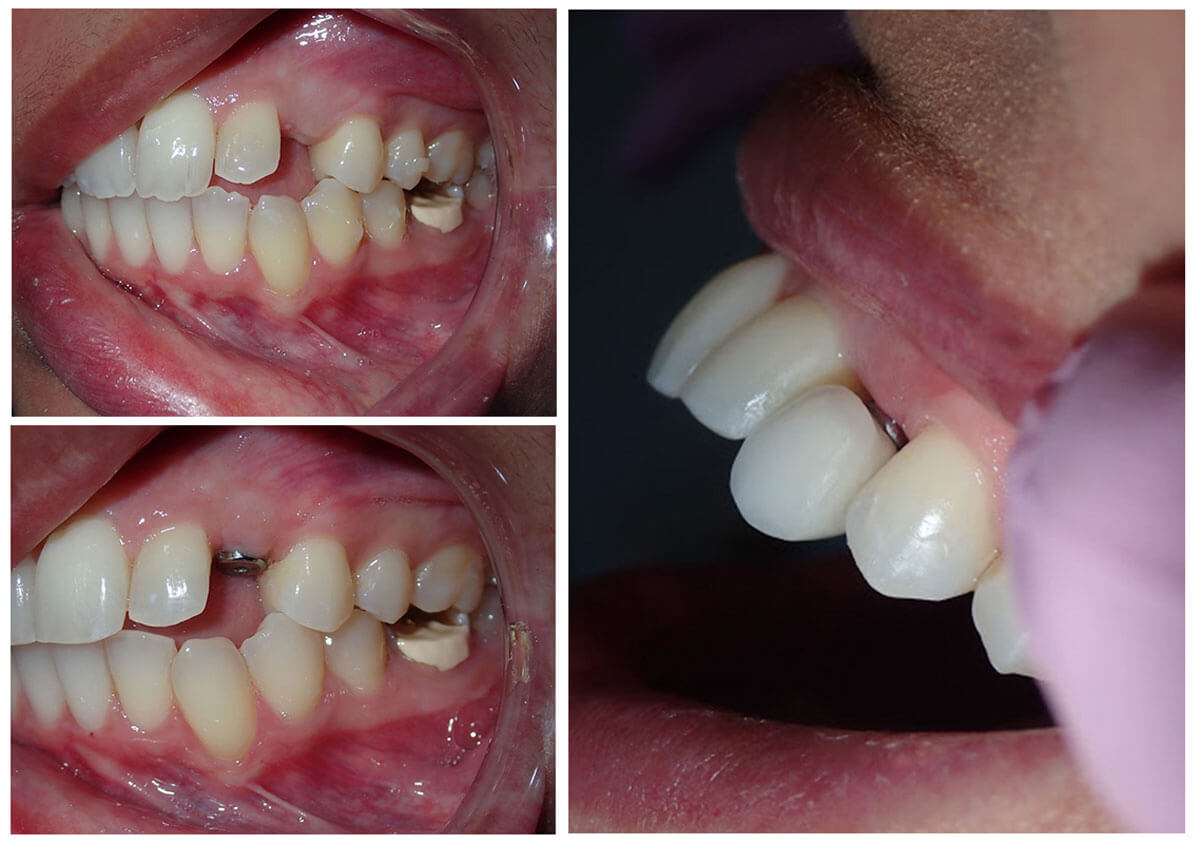The 2-Minute Rule for Dental Implants
The 2-Minute Rule for Dental Implants
Blog Article
Facts About Dental Implants Revealed
Table of Contents7 Simple Techniques For Dental ImplantsDental Implants Can Be Fun For EveryoneRumored Buzz on Dental ImplantsExcitement About Dental Implants
are medical tools operatively dental implanted into the jaw to recover an individual's capability to eat or their look. They offer assistance for fabricated (phony) teeth, such as crowns, bridges, or dentures. When a tooth is shed as a result of injury or condition, an individual can experience difficulties such as quick bone loss, defective speech, or modifications to chewing patterns that lead to pain.
Structure of The Oral Implant System picking oral implants, speak with your oral service provider about the prospective advantages and dangers, and whether you are a candidate for the treatment. Things to think about: Your total health and wellness is an important consider figuring out whether you are a good prospect for dental implants, for how long it will take to recover, and for how long the dental implant may stay in area.
Cigarette smoking might affect the recovery process and reduce the long-term success of the dental implant. The recovery process for the dental implant body might take several months or longer, during which time you typically have a short-lived abutment instead of the tooth. the oral implant treatment: Thoroughly comply with the dental health guidelines offered to you by your oral provider.
About Dental Implants
Implant failing can cause the demand for one more operation to take care of or change the implant system. Brings back the capability to chew Brings back aesthetic look Assists maintain the jawbone from diminishing due to bone loss Preserves the health and wellness of the surrounding bone and periodontals Helps keep nearby (close-by) teeth secure Improves lifestyle Damage to surrounding natural teeth throughout dental implant positioning Injury to the surrounding cells throughout surgical treatment, such as sinus perforation Injury during surgical procedure (for instance, fracture of bordering jawbone) Insufficient function, such as feeling like the teeth do not bite together normally A sensation that the tooth is loose or turning in position resulting from an abutment screw loosening up Implant body failing (looseness of the dental implant body) because of systemic infection, which may be most likely in people with unchecked diabetes mellitus as why not check here a result of regional infection in bone and gum tissues sustaining the dental implant body because of delayed healing, which might be most likely in patients that smoke Difficulty cleaning the gum tissues around the implant, resulting in poor dental health Without treatment gum condition Post-surgical feeling numb due to nerve impingement or damage Always inform health and wellness care service providers and imaging technicians that you have dental implants prior to any magnetic resonance imaging (MRI) or x-ray treatments.
FDA is not aware of any type of unfavorable occasions reported for MRI or x-ray procedures with oral implants. Dental implants systems are usually made of materials that comply with worldwide agreement requirements of the International Company for Standardization (ISO) or ASTM International. These standards have details of what makes a secure material.
Oral dental implant systems are assessed according to worldwide consensus standards. Biocompatibility testing, to show that bodily call with the tool does not create difficulties like irritability or sensitive response, is component of the examination that assists make certain the products in the oral implant system are secure and do not create adverse impacts when implanted in people.

Our Dental Implants PDFs
Some people are not eligible for dental implant surgery. It is for dental doctors to operate people with: intense illnessuncontrollable metabolic diseasebone or soft tissue disease or infectionIf these problems are solved, a person can have the surgical procedure. Dental Implants. In, oral surgeons abstain from operating people with: If people with any of the above go through dental implant surgical treatment, there is a greater threat of the implant falling short
Some people have a jawbone abnormality that prevents adequate bone for a dental read implant from developing. In such instances, a surgeon might need to do a ridge modification. This includes lifting the gum tissue to subject the location of deformed bone. The specialist will then utilize a bone or bone alternative to repair and build up the location.
Oral implant surgery is a customized procedure. It's not the very same for everybody. The following provides a general summary of what you can expect your dentist, dental surgeon, periodontist or prosthodontist to do: Place the dental implant surgically. Offer you time to heal. Attach the article and final crown, bridge or denture.
Next off, your cosmetic surgeon will very carefully position the oral implant into your jaw. If your dental implant is near the front of your mouth, your dental practitioner will certainly make a temporary tooth for you to use until you recover.
The Best Strategy To Use For Dental Implants
Your provider can inform you what to anticipate in your scenario. Throughout the healing phase, your jawbone ought to fuse to the dental implant. This process, called osseointegration, is critical for security and long-lasting success. This process can take anywhere from 3 to nine months. In many try here cases, it might take much longer.
When your dental implant heals, your dentist can attach the joint (tiny connector post) and your last restoration (crown, bridge or denture). This usually takes concerning one hour to finish and might need a second small surgical treatment. You shouldn't really feel any kind of pain during your oral implant procedure because your service provider will certainly utilize medication to numb your gums.
Report this page